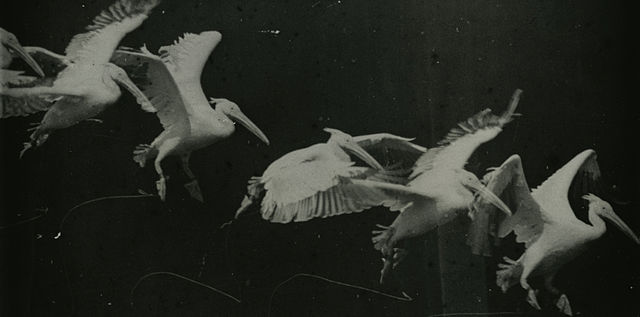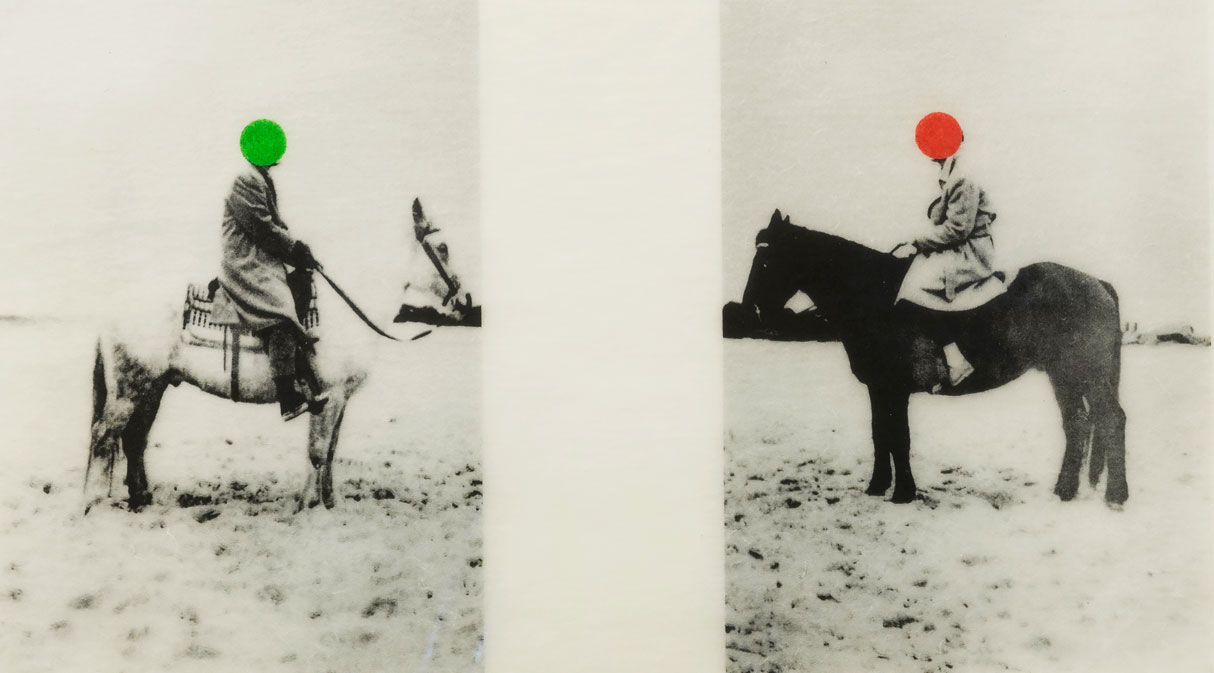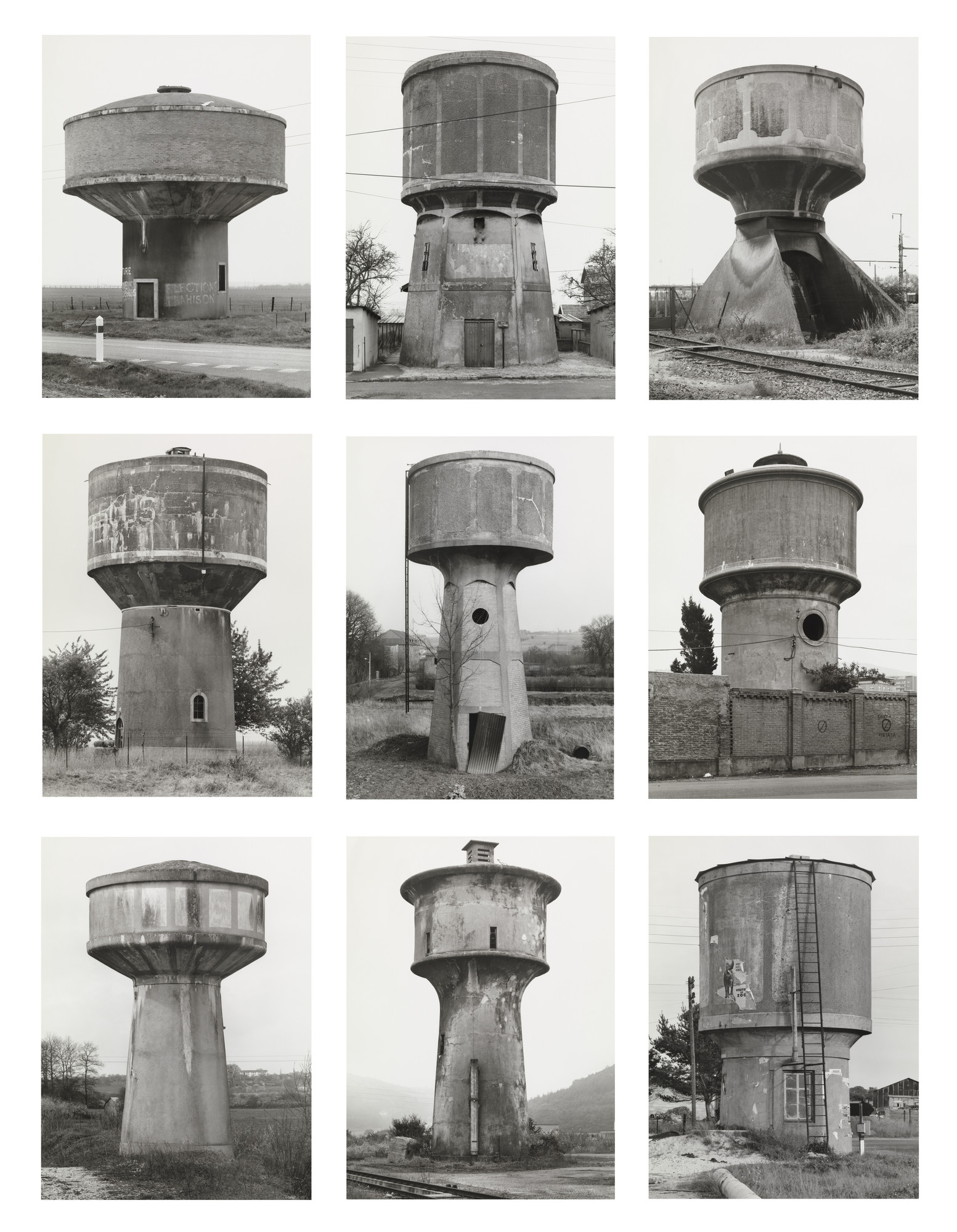
Étienne-Jules Marey, born 5 March 1830, in Beaune, was a French scientist, physiologist and chronophotographer.
To study the flight of birds, he invented a camera in 1882 with magazine plates that recorded a series of photographs; the pictures could be combined to represent movements. In 1894 he adapted the motion-picture camera to the microscope.
His work was significant in the development of cardiology, physical instrumentation, aviation, cinematography and the science of laboratory photography. He is widely considered to be a pioneer of photography and an influential pioneer of the history of cinema.
Marey’s chronophotographic gun was made in 1882, this instrument was capable of taking 12 consecutive frames a second, with all the frames recorded on the same picture. Using these pictures he studied horses, birds, dogs, sheep, donkeys, elephants, fish, microscopic creatures, molluscs, insects, reptiles, etc. Some call it Marey’s “animated zoo”. Marey also conducted the famous study about cats always landing on their feet. He conducted very similar studies with a chicken and a dog and found that they could do almost the same.
Although Marey was a man of science, one cannot ignore his profound contribution to photography.

Image Analysis
I have chosen this photograph of Étienne-Jules Marey to anaylse because I like the effect of sequencing and want to incorporate it within my project in a way. This photograph is extremely old and the outcome and effects on the photograph are not intentional but a product of the time and camera, but I like the contrast of blacks and whites/creams and the almost border that is created by the white circle surrounding the two people, the focal point of the photograph. The blur adds an interesting abstract effect to the photograph. In conclusion this photograph is complex and interesting and has factors that I hope to photograph and include in my own project.


















